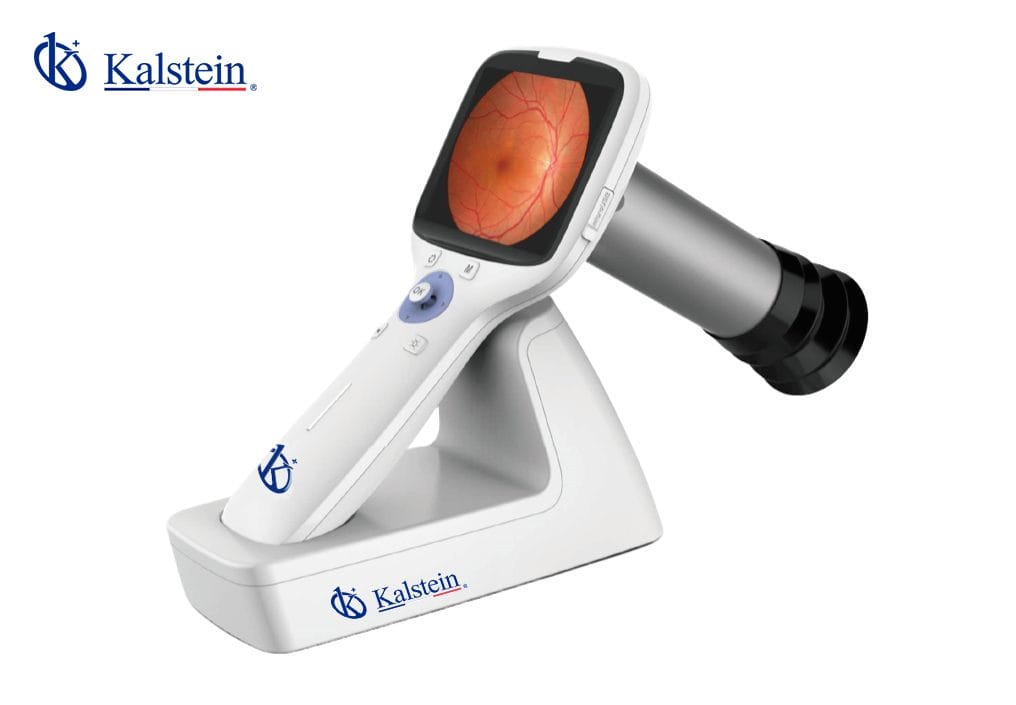The centrifuge is a laboratory equipment that generates rotational movements, it has the objective of separating the components that constitute a substance. This equipment applies a sustained centrifugal force (that is, a force produced by rotation) to push matter out of the center of rotation.
This principle is used to separate particles in a liquid medium by sedimentation. It is a machine that is used, above all, for the separation of heterogeneous liquid-solid mixtures and liquid mixtures such as insoluble liquids with different specific weights.
The type of clinical procedure and the size of the laboratory are two of the most important factors when choosing a centrifuge. Some centrifuges can be used in a wide variety of applications, while others only serve very specific purposes. Although there are many models and types of centrifuge, their operation is always the same: all centrifuges rotate the samples around a fixed angle and separate the fluids from the solid substances by applying the principle of sedimentation.
What are the basic parts of a centrifuge?
Depending on the type of centrifuge machine, its operation and characteristics will be, such as the type of rotor it has and the type of sample holder tube. Its components are: rotor, motor, vacuum chamber, and speed, time and temperature control.
What are the instructions for loading a centrifuge?
- Place loads that have the same mass or opposite weight on the rotor.
- In addition to having the same mass, they must have the same center of gravity, do not place tubes and containers as opposing pairs.
- Run the centrifuge by placing all the accessories on the rotor.
- Use the original equipment rotor and accessories. Non-original parts can cause an imbalance.
- Supplement these recommendations with the manufacturer’s instructions.
What recommendations should you keep in mind when using a centrifuge?
It is important to take into account these recommendations to keep the centrifuge in proper conditions:
- Keep the lid closed during the spinning process
- Check that the surface where the centrifuge is located is level.
- Replace metal containers that are in poor condition
- Do not use spoiled glass equipment
- Replace the buffer caps of the sample holders.
- Keep the centrifuge free of sample debris, glass and dust
What are the most common types of centrifuges?
Some centrifuges can be used in a wide variety of applications, while others only serve very specific purposes. The different types of centrifuge are adjusted to the different types of centrifugation: preparative centrifugation, which aims to isolate specific particles, and analytical centrifugation, with which physical properties such as sedimentation rate or molecular weight can be estimated. Thus, centrifuges can be divided into two large groups:
- Analytical: They make it possible to obtain molecular data: molecular mass, sedimentation coefficient, etc. They are very expensive and rare.
- Preparations: The samples are isolated and purified with them. There are four types: Benchtop, High-capacity, High-speed, and Ultracentrifuges.
At Kalstein we offer you excellent high-speed centrifuges designed with the best technology. That is why we invite you to take a look at the Products menu. HERE




